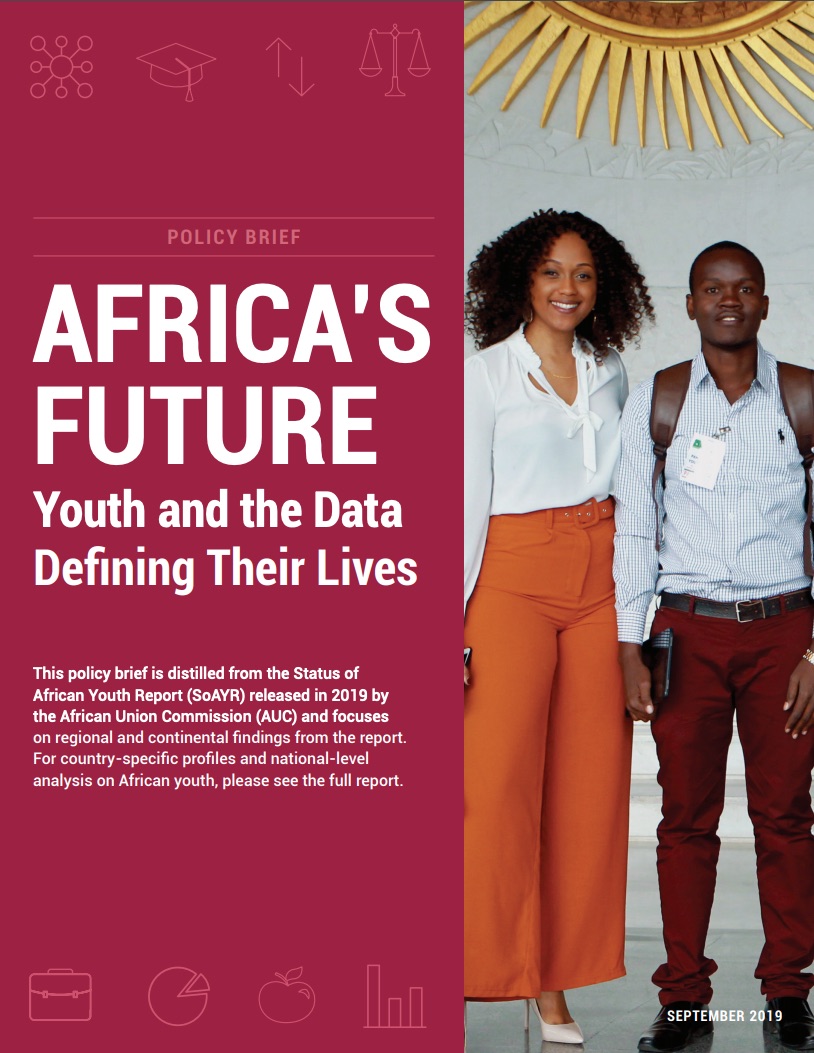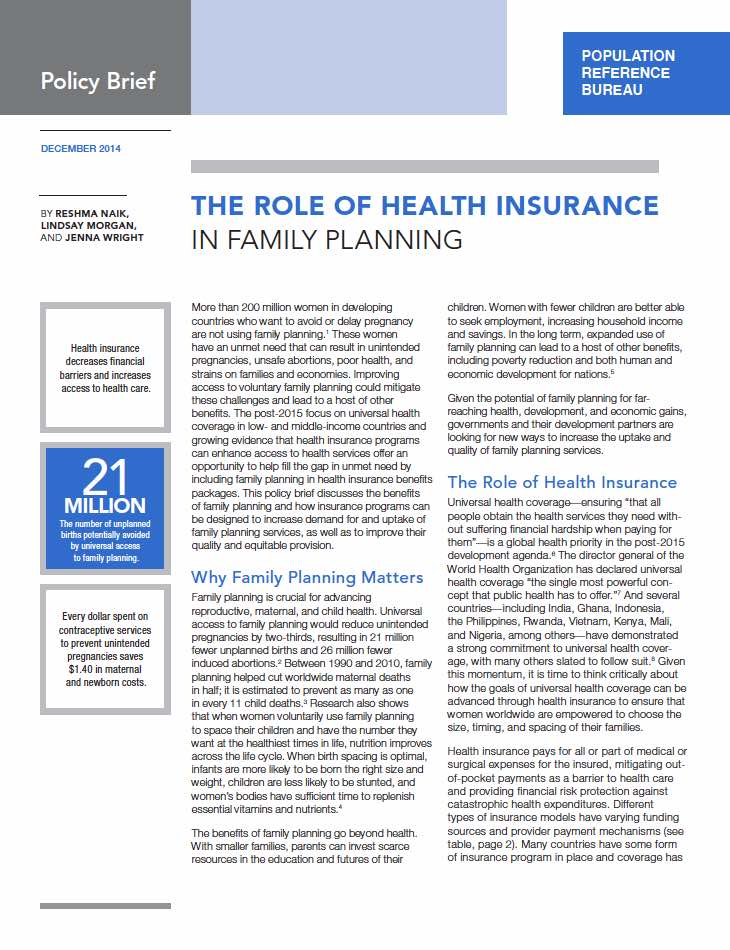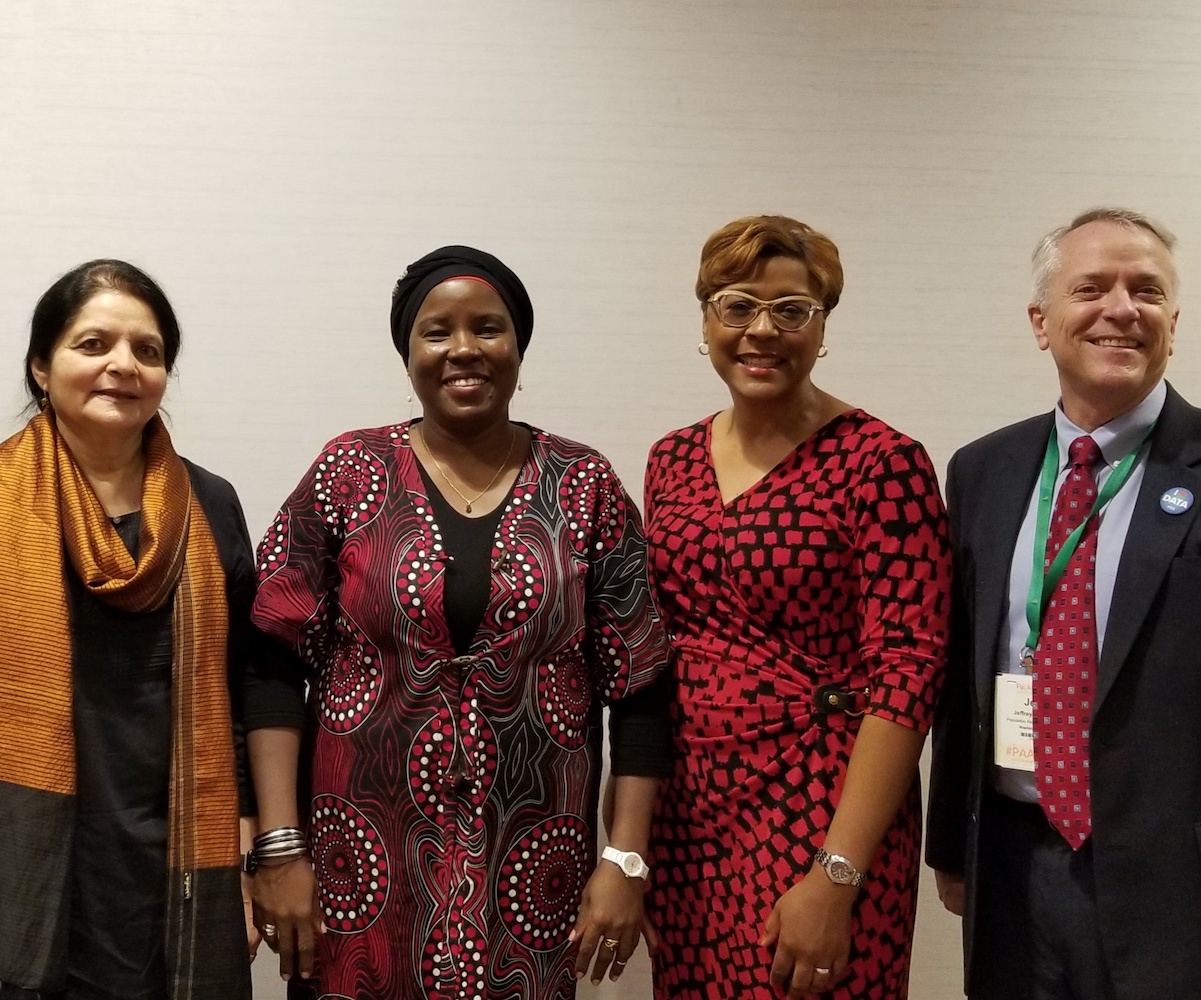Project: Supporting Population Evidence and Champions in Africa (SPEC)
Policy Brief. Africa’s Future: Youth and the Data Defining Their Lives
By 2030, young Africans are expected to make up 42 percent of the world’s youth and account for 75 percent of the those under age 35 in Africa.




